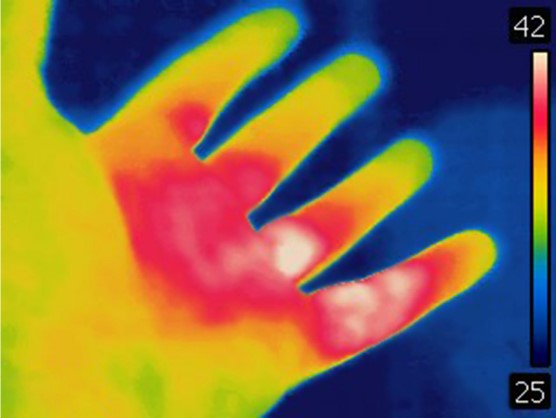Burns are a common cause of injury, with over 5000 cases (or 0.4 per 100,000 population) occurring in Australia every year.
Burn injuries may be a result of exposure to several heat sources. These include hot water or steam, flames, chemicals, electricity, bushfires, and even staying under the scorching sun for an extended period.

Most burns are minor and are treatable at home. However, it is vital to know the signs of severe burn injuries, which should be seen and evaluated by a healthcare provider. Moderate to high-degree burns can cause several complications and require urgent medical treatments.
This article discusses the classification of burns, warning signs, and first aid treatment.
Classifications of Burns
Burn classification will depend on how deep and severe the injury penetrates the skin’s surface.
First degree burns (or superficial burns) are the mildest type. It only damages the epidermis or the first outermost layer of the skin. This level of injury usually does not cause infection or leave a scar. The skin may experience redness but won’t break and typically heal within 3 to 5 days.
Second-degree burns (or partial thickness burns) damage the epidermis and the dermis, which is the second layer of the skin. This level of injury is usually painful, with swelling, red skin, and blisters. The skin damage can grow back to its natural form unless it catches an infection or the injury gets deeper.
Third-degree burns (or full-thickness burns) go through the epidermis, dermis and also affect deeper tissues. The injury site is often numb to light touch. Skin grafting is an option at these levels as the skin does not heal itself.
Fourth-degree burns (and higher) destroy the skin, including the fat, muscles, and in some cases, the bones.
First and second-degree burns are often treatable at home. However, extensive and deeper burns should seek advice from a healthcare provider.
Treatment For Burns
First aid treatment for burns includes immediately cooling the burning process, wound cleaning, infection control, and pain management.
Here’s a three-step guide to burn treatment.
- Cool The Area
Stop the burning process immediately by applying a cold compress to the skin. Soak the area in cool water for a certain period to minimize the pain and reduce its extent.
Avoid placing the ice directly on the skin as it can damage the skin further.
- Clean The Area
Remove any clothing from the injury site. Do not try to remove any piece of cloth stuck to the skin and seek emergency medical care.
Wash the burn gently with cool water and soap. Avoid using a solid substance that can irritate the wound, such as alcohol, iodine, or other cleansers.
- Prevent Infection
Cover the burn with a thin layer of antibiotic ointment and a non-stick bandage to prevent infection. Change the dressing once or twice a day to prevent disease.
Avoid applying other substances such as mayonnaise, butter, toothpaste, and any other myths to skin burns. Keep the wound clean by washing the area with lukewarm water and soap. Do not drain or break open the skin with a nail or needles. Doing so will only increase the risk of infection. Blisters usually open and drain on their own time.
- Pain Management
Elevating the injury sites above the heart level can help prevent pain and swelling. The doctor may also recommend pain medication, such as acetaminophen (Tylenol) or ibuprofen (Advil, Motrin) if necessary.
Conclusion
Most burns heal without causing scars and long-term damage with immediate first aid care.
Remember to cool, cover, and protect against any burn injuries. If the damage does not look like any of the above burns, see a doctor immediately.
Learn first aid for someone who has a burn.








